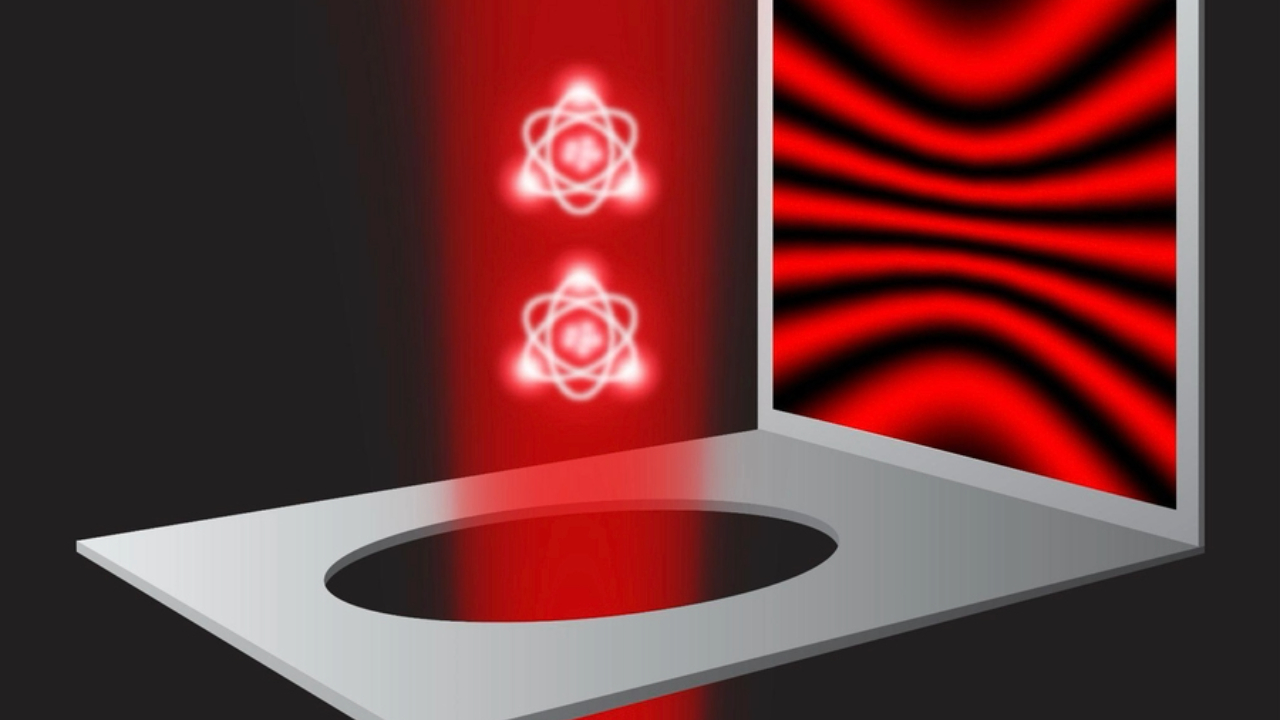Have you ever wondered just how fast light can travel when nothing stands in its way? Understanding the speed of light in a vacuum isn’t just a fascinating fact—it’s a key to unlocking how our universe works.
Knowing this speed can change the way you think about everything from the glow of a distant star to the technology you use every day. Keep reading, and you’ll discover not only the exact speed but also why it matters so much to you and the world around you.

Credit: www.youtube.com
Table of Contents
ToggleSpeed Of Light Basics
The speed of lightin a vacuum is always the same. It travels at about 299,792 kilometers per second(or 186,282 miles per second). This speed does not change no matter what. Light moves faster than anything else in the universe.
Scientists measure this speed in different ways. They use special tools to time light beams over known distances. These methods help get very exact results.
| Measurement Method | Description |
|---|---|
| Time of Flight | Measure how long light takes to travel a set distance. |
| Interferometry | Use light waves to create patterns and calculate speed. |
| Fizeau Method | Use rotating gears to interrupt light and measure delay. |
Physical Properties Influencing Speed
Light moves fastest in a vacuum, traveling about 299,792 kilometers per second. Its speed changes when passing through air, water, or glass. The physical properties of these materials slow light down compared to its speed in empty space.
Nature Of Light Waves
Lighttravels as waves and tiny particles called photons. It moves very fast because it has no mass. Light waves carry energy and information across space. Their speed depends on the medium they travel through. In a vacuum, light travels at its highest speed.
Interaction With Vacuum
Vacuum is empty space with no air or matter. Light moves freely here without slowing down. The speed of light in a vacuum is about 299,792 kilometers per second(or about 186,282 miles per second). This speed is constant and does not change. The vacuum does not absorb or scatter light, so it stays fast and clear.
Scientific Experiments And Evidence
Early scientists used simple tools to measure the speed of light. In 1676, Ole Rømer observed moons of Jupiter and noticed time delays. This showed light takes time to travel. In 1849, Hippolyte Fizeau used a spinning wheel and light beam. His experiment gave a speed close to the true value. Later, Léon Foucault improved this with a rotating mirror. These methods showed light speed is very fast but not infinite.
Modern techniques use lasers and precise clocks. They send light pulses through vacuum tubes. Sensors measure the time light takes to travel known distances. Atomic clocks help measure time very accurately. Today, the speed of light in a vacuum is fixed at 299,792,458 meters per second. This value is used worldwide for science and technology.

Credit: www.space.com
Relativity And Light Speed
Light travels at a constant speed of about 299,792 kilometers per second in a vacuum. This speed is the fastest anything can move in the universe. Relativity explains how this speed affects time and space around moving objects.
Einstein’s Postulate
Albert Einstein said light’s speed is always the same in a vacuum. This speed is about 299,792 kilometers per second. That’s really fast! Light moves at this speed no matter what. Even if you are moving, light’s speed doesn’t change. Einstein’s idea changed how we see the universe.
Speed Limit Of The Universe
Light’s speed is the fastest anything can travel. Nothing can go faster than light. Not even rockets or spaceships. Scientists call this the “universal speed limit”. It means we can’t go to stars quickly. The universe is huge, and light shows us how big it is. Understanding this helps us learn more about space and time.
Applications And Implications
Light speed in a vacuumis about 299,792 kilometers per second. This speed makes modern communication technologiesvery fast and reliable. Fiber optic cables use light to send data across long distances quickly. It helps in internet, phone calls, and TV signals.
Astronomical observationsdepend on light speed too. Telescopes capture light from stars and planets. Scientists study this light to learn about space and time. The speed of light helps measure how far away objects are in the universe.

Credit: www.facebook.com
Common Misconceptions
Many people think light speed changes often. Actually, light speed in a vacuumis always about 299,792 kilometers per second. This is a fixed limit in physics.
In other materials, light travels slower. For example, light moves slower in water or glass. This change is due to the material’s density.
Some theories suggest faster-than-light travel. These ideas include things like wormholes or warp drives. But none of these are proven or possible yet. They remain as theoretical concepts.
Scientists use the constant speed of light to measure distances in space. This shows how important this speed really is.
Frequently Asked Questions
How Fast Does Light Travel In A Vacuum?
Light travels at exactly 299,792 kilometers per second (about 186,282 miles per second) in a vacuum.
Why Is The Speed Of Light Constant In A Vacuum?
The speed of light is constant because it does not depend on the motion of the source or observer.
Can Light Speed Change In Different Materials?
Yes, light slows down when it passes through materials like water or glass, but it is fastest in a vacuum.
Conclusion
Light travels incredibly fast in a vacuum—about 299,792 kilometers per second. This speed is a fundamental constant of nature. It helps us understand space, time, and how the universe works. Nothing can move faster than light in a vacuum. Scientists use this speed to measure distances in space.
It also plays a key role in technologies like GPS and communication. Knowing how fast light travels gives us insight into many natural phenomena. This simple fact continues to inspire curiosity and discovery every day.


